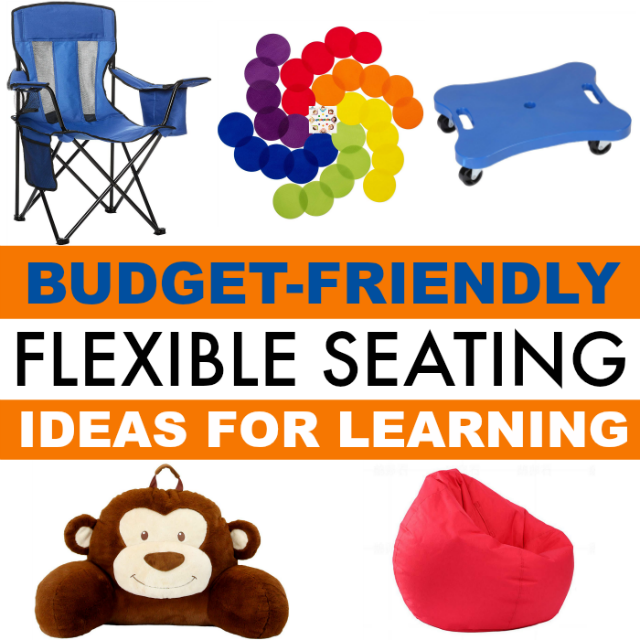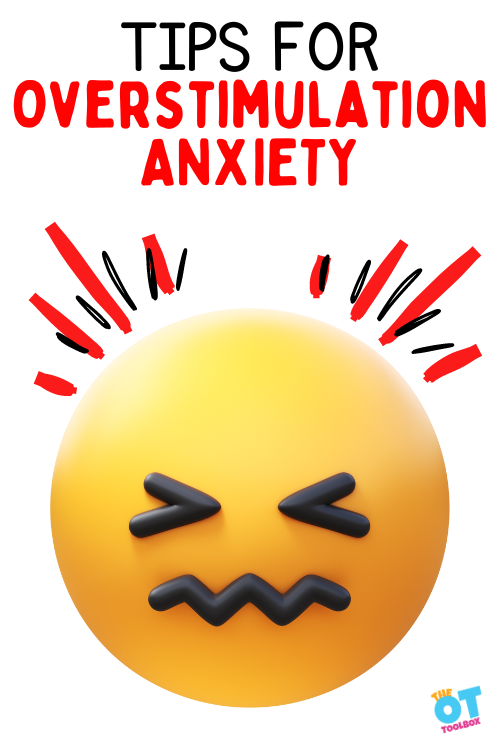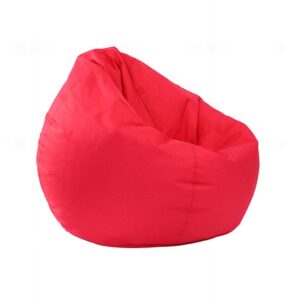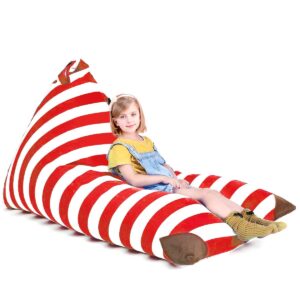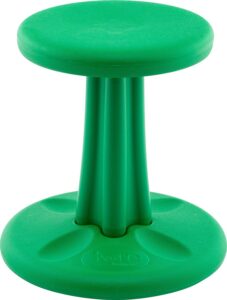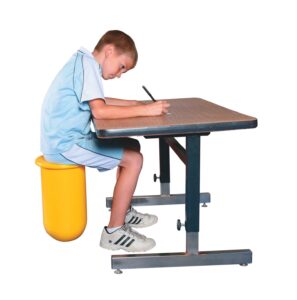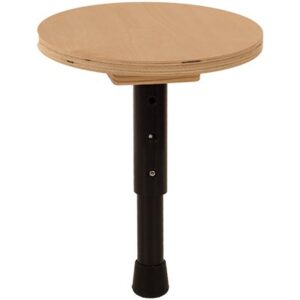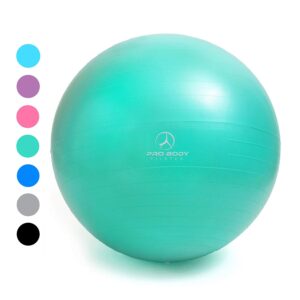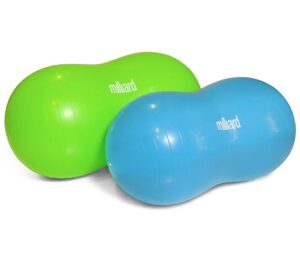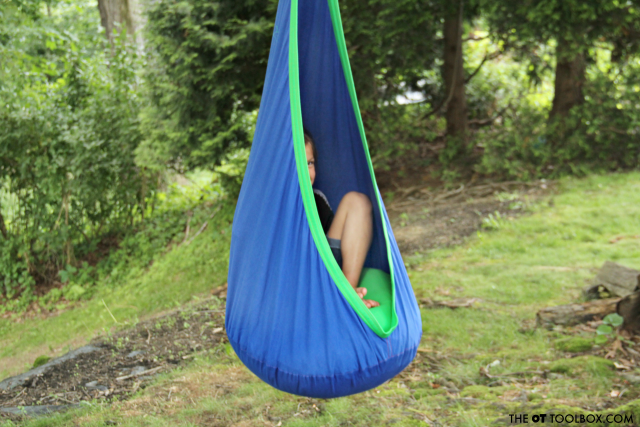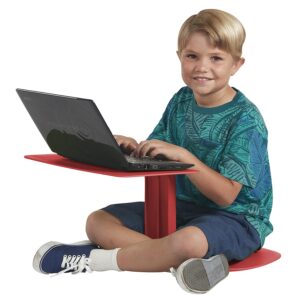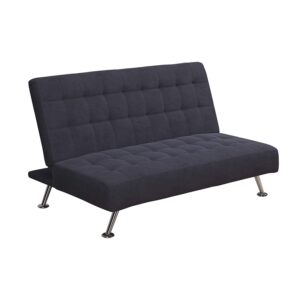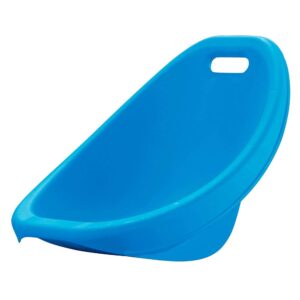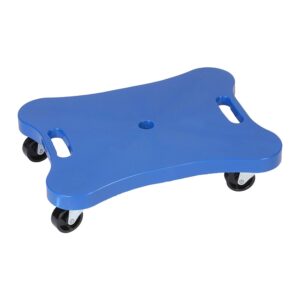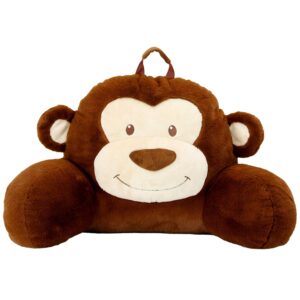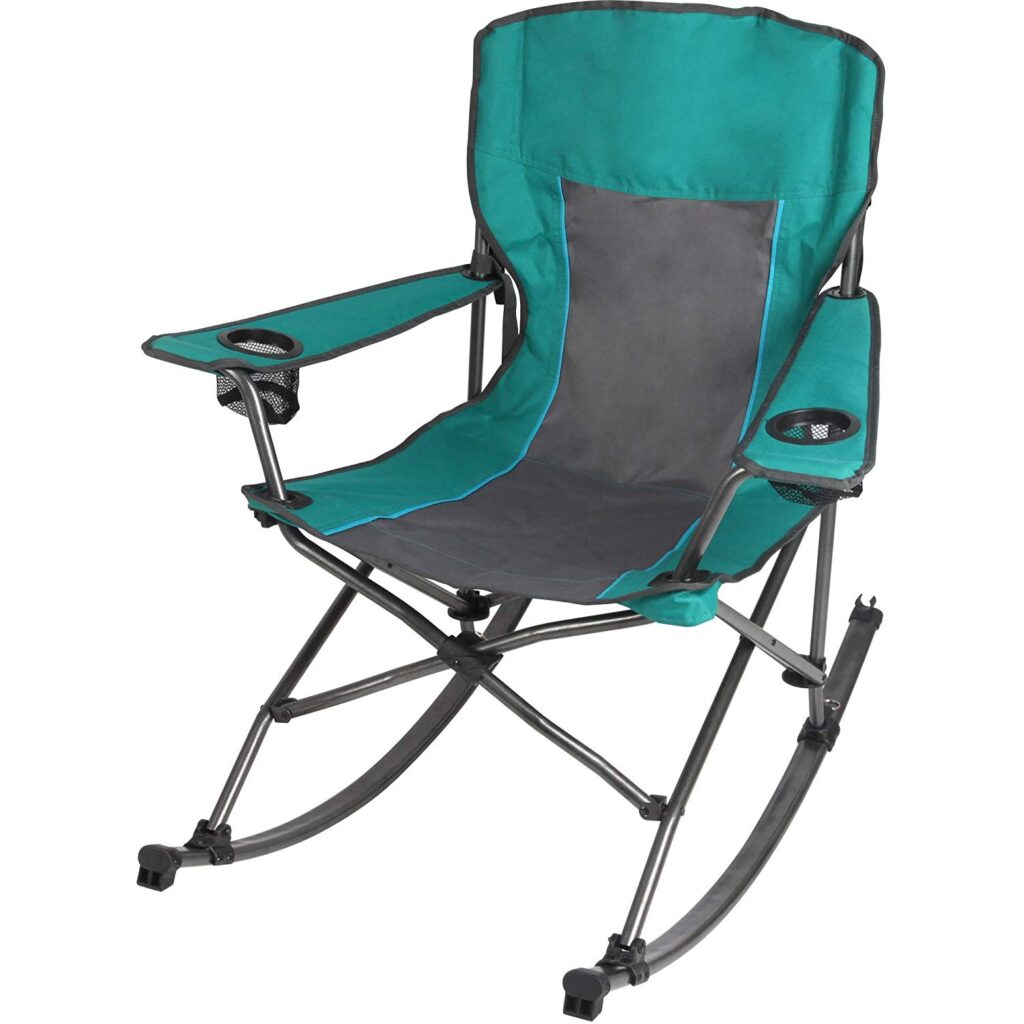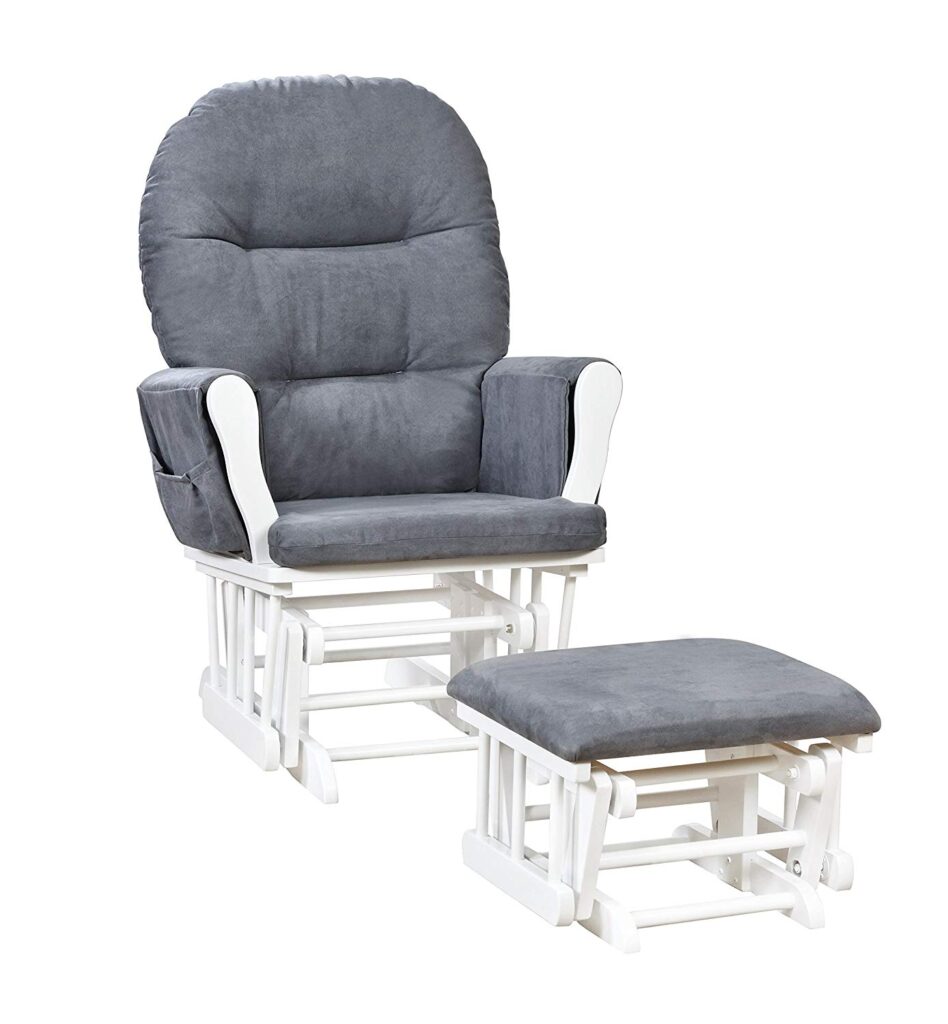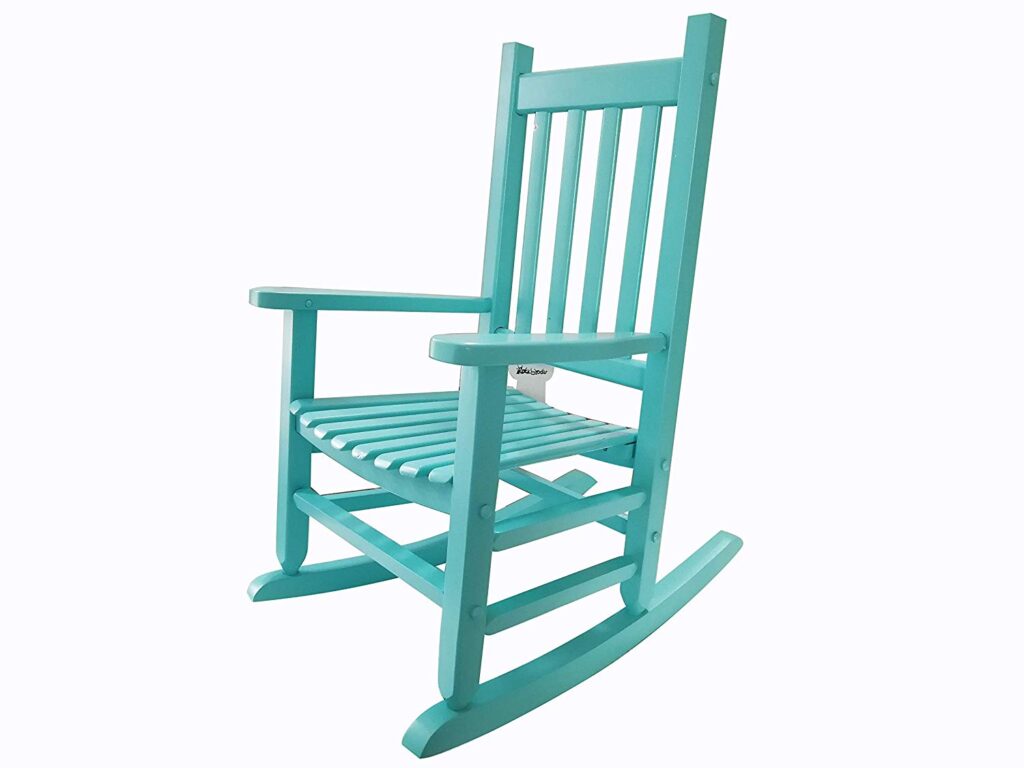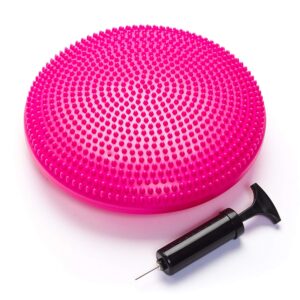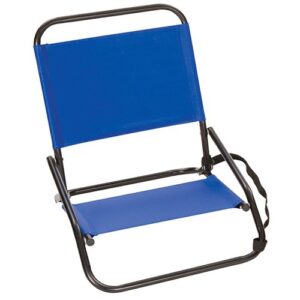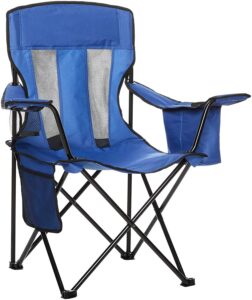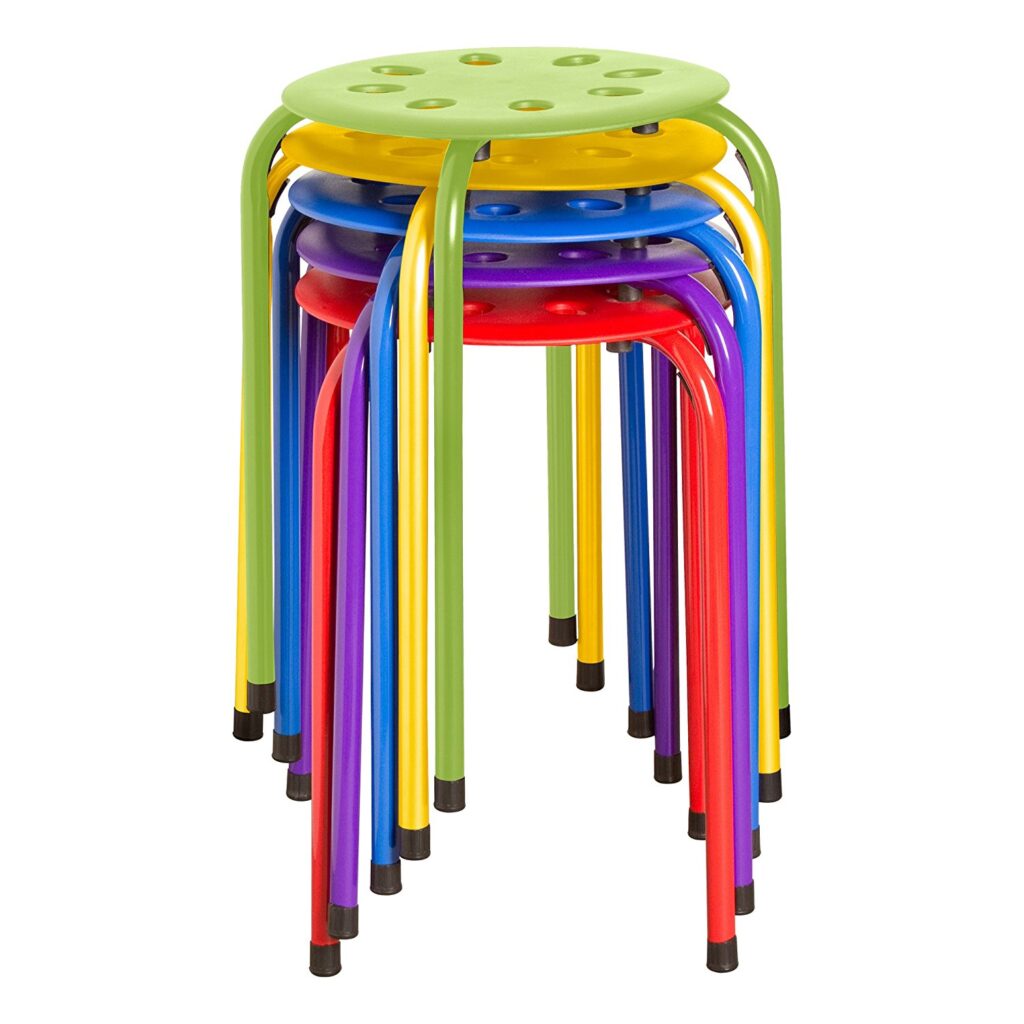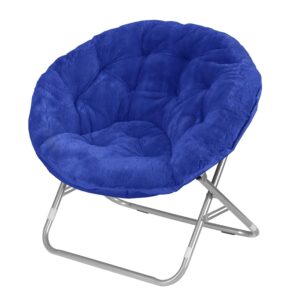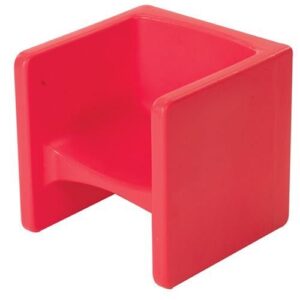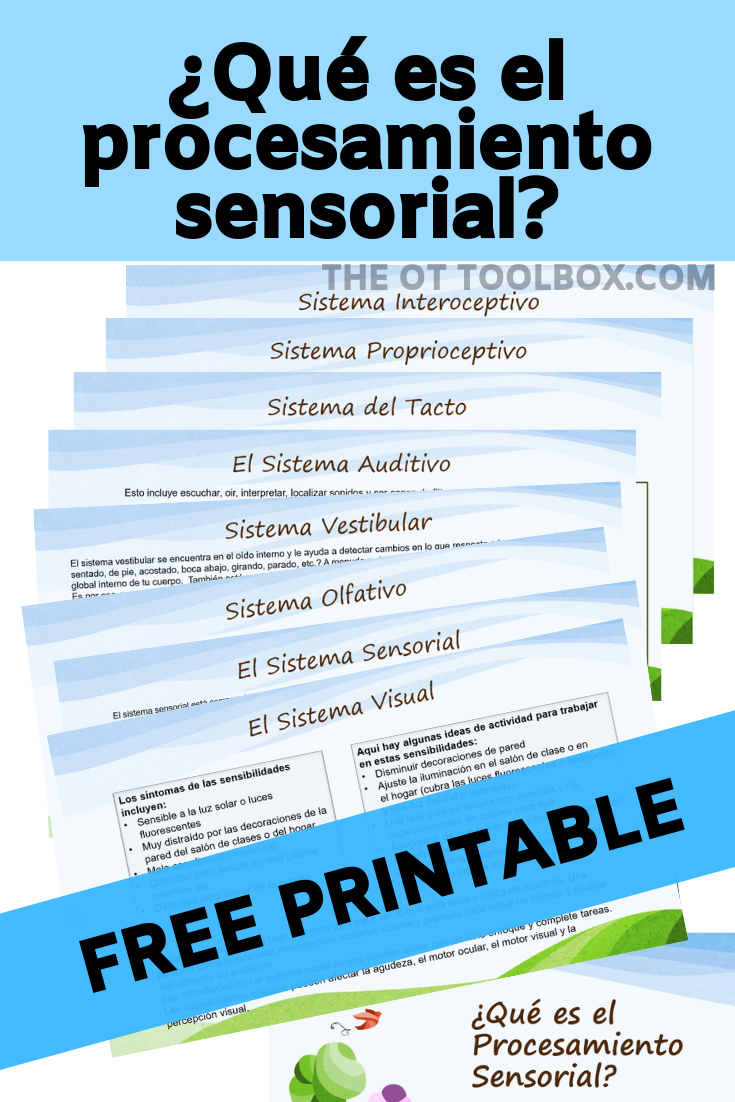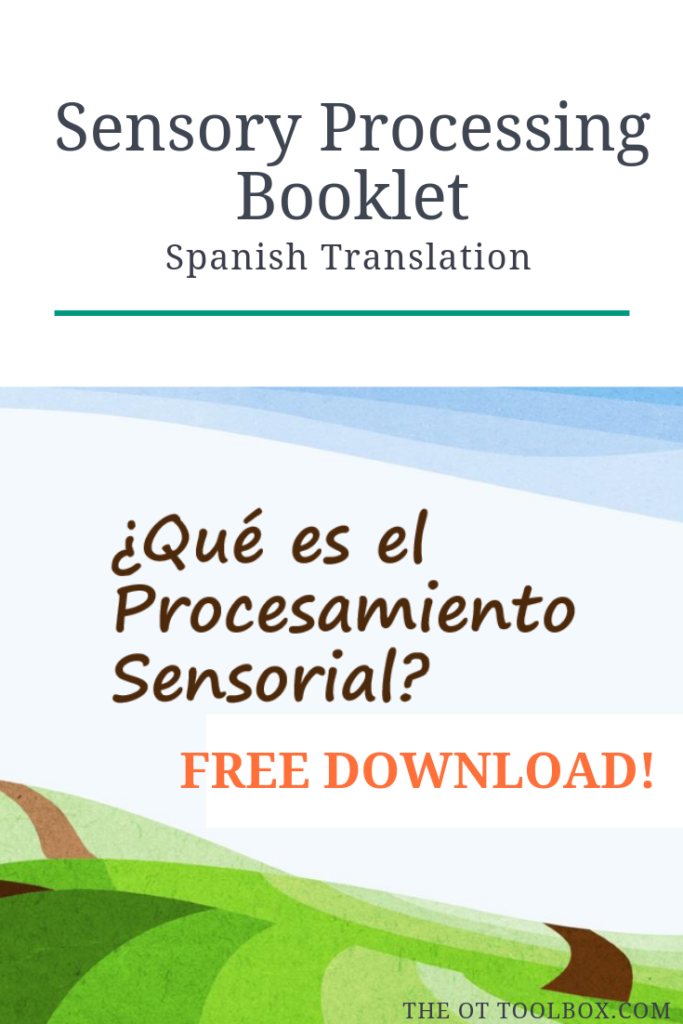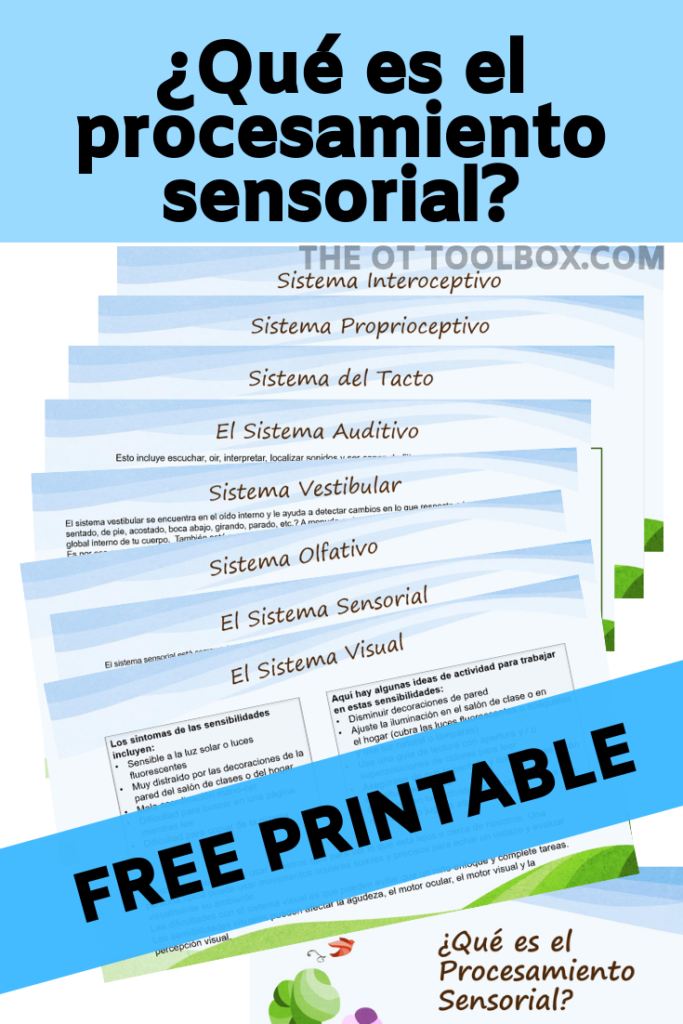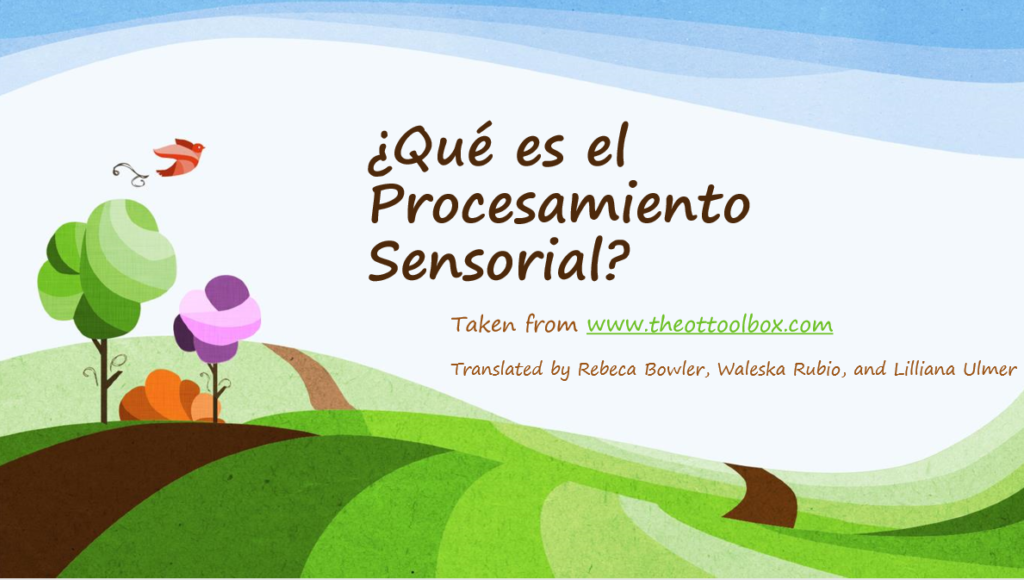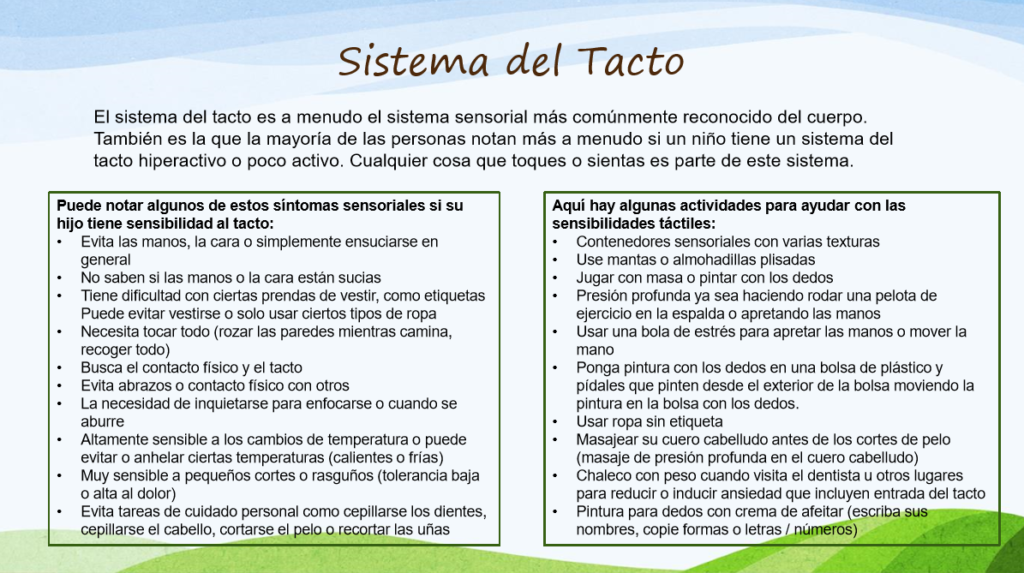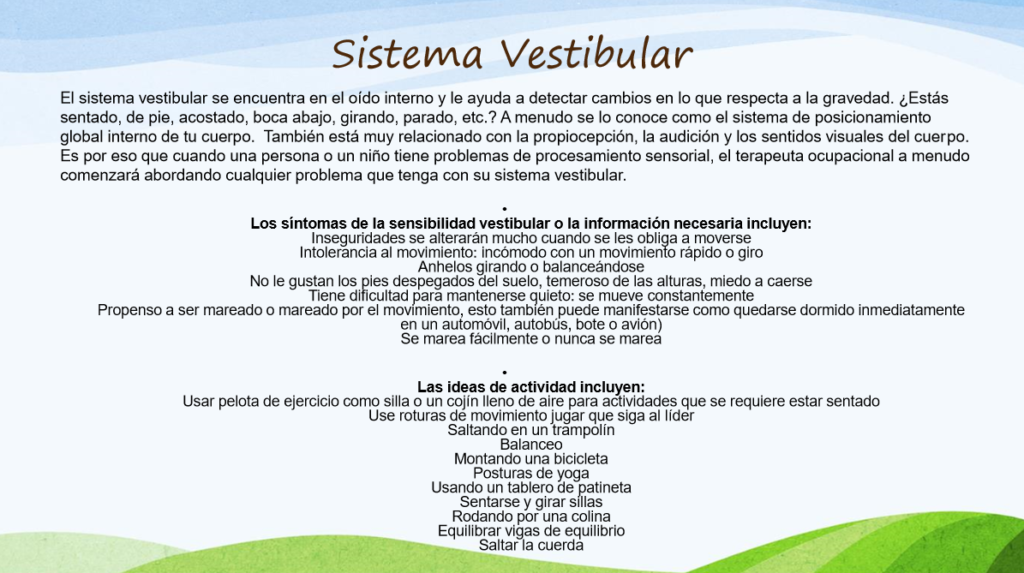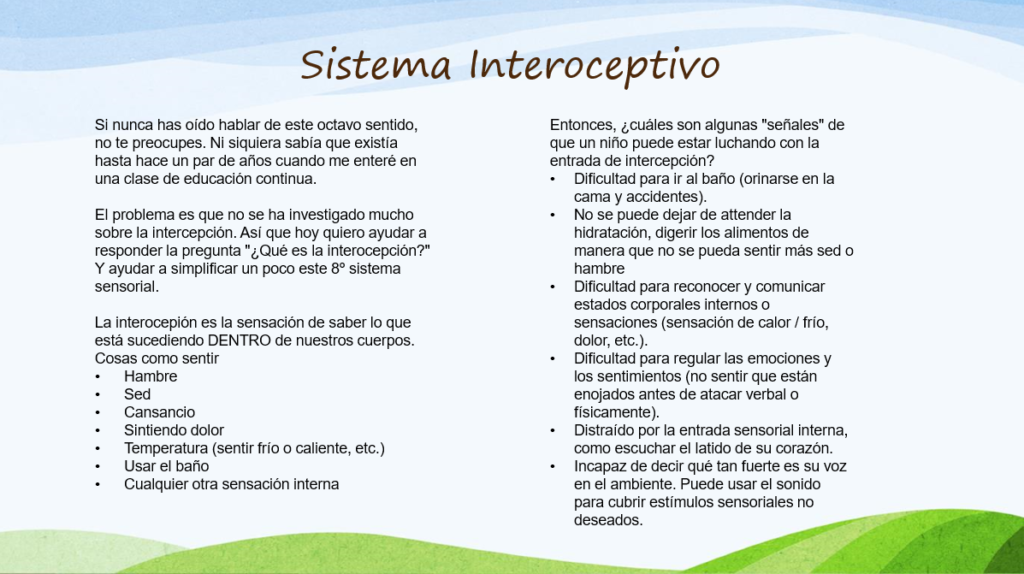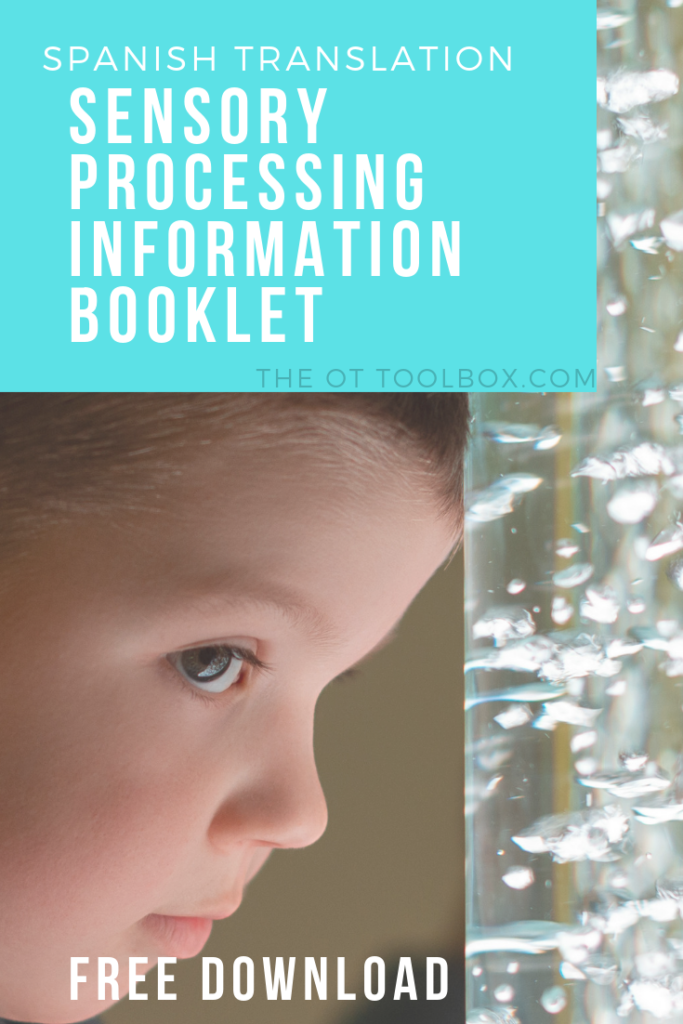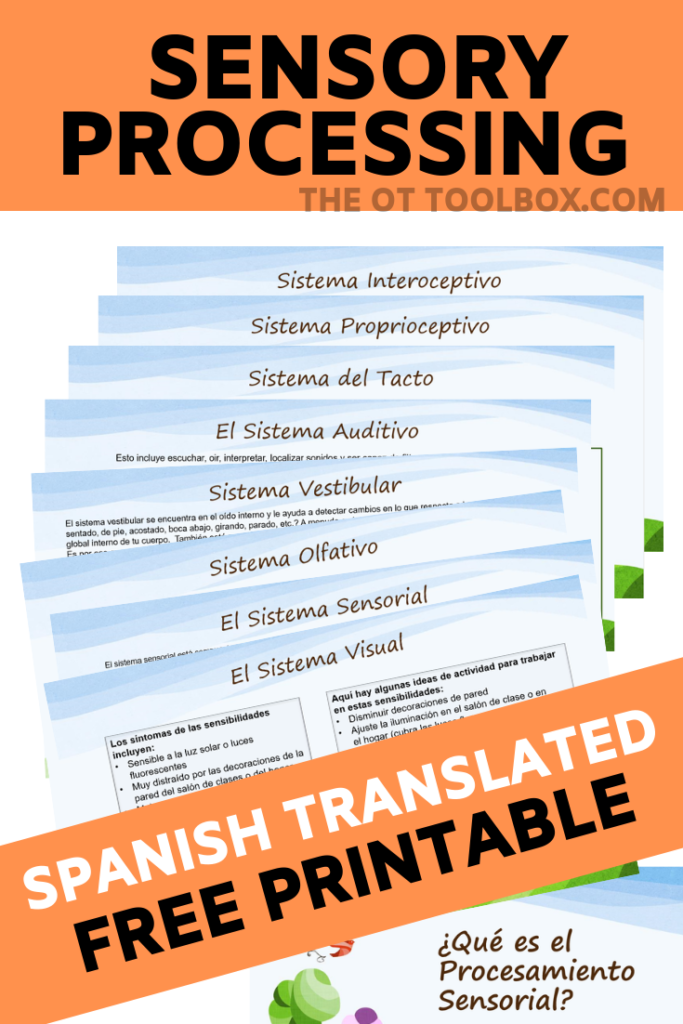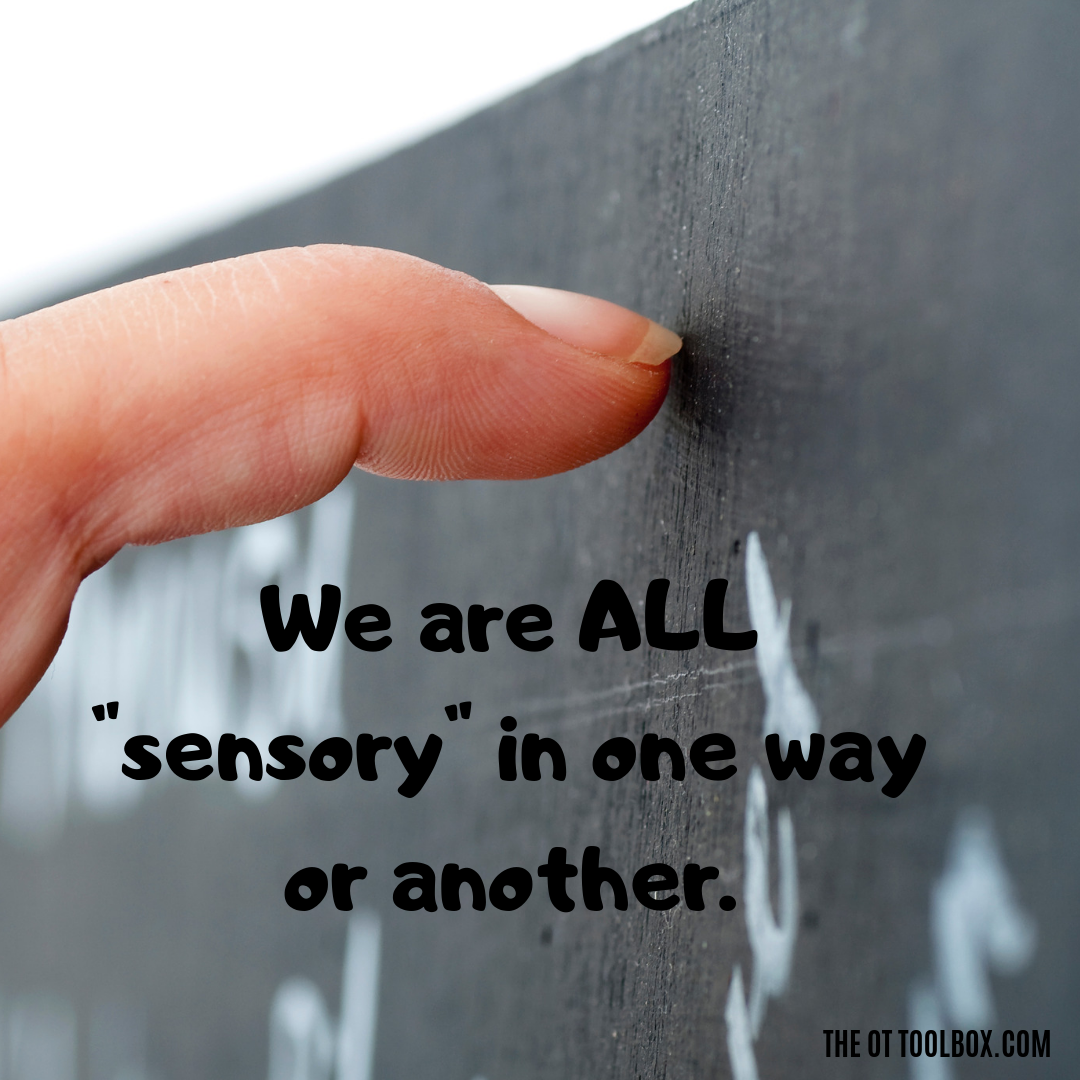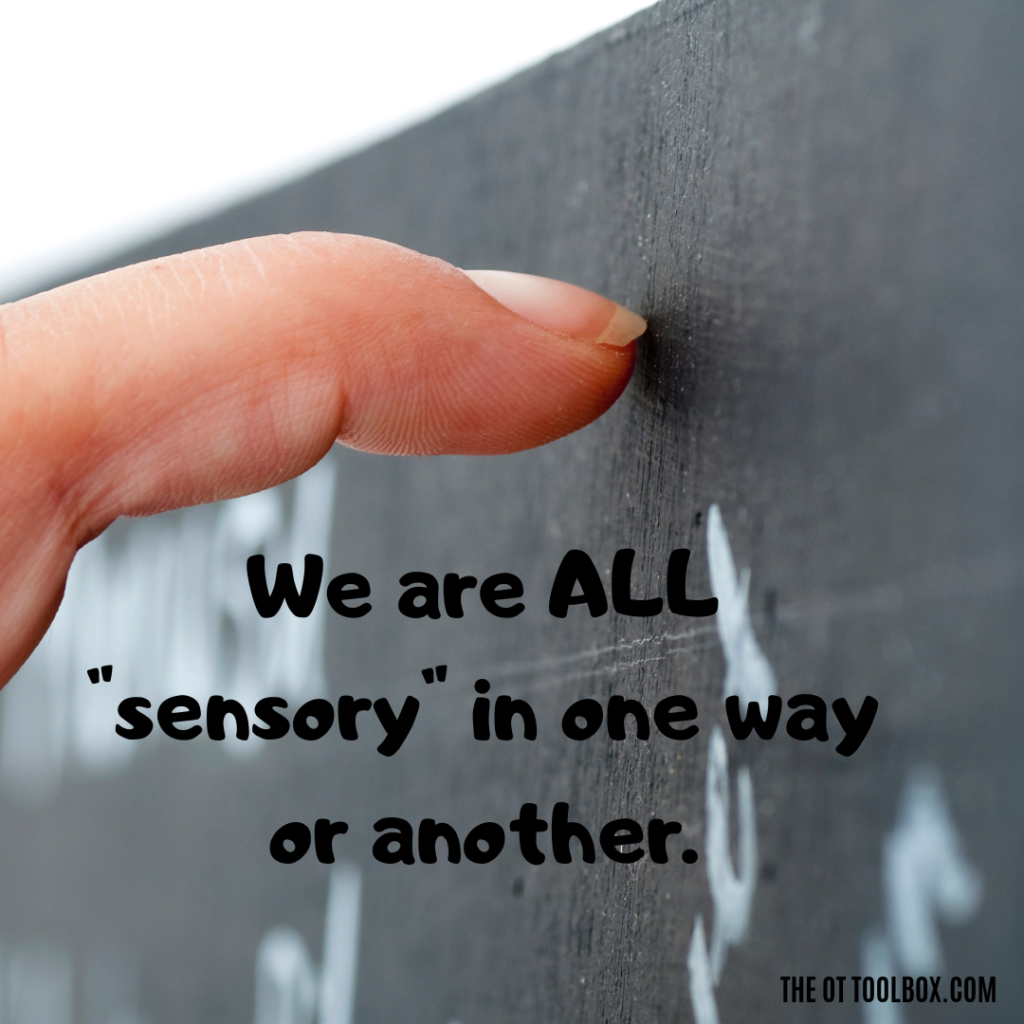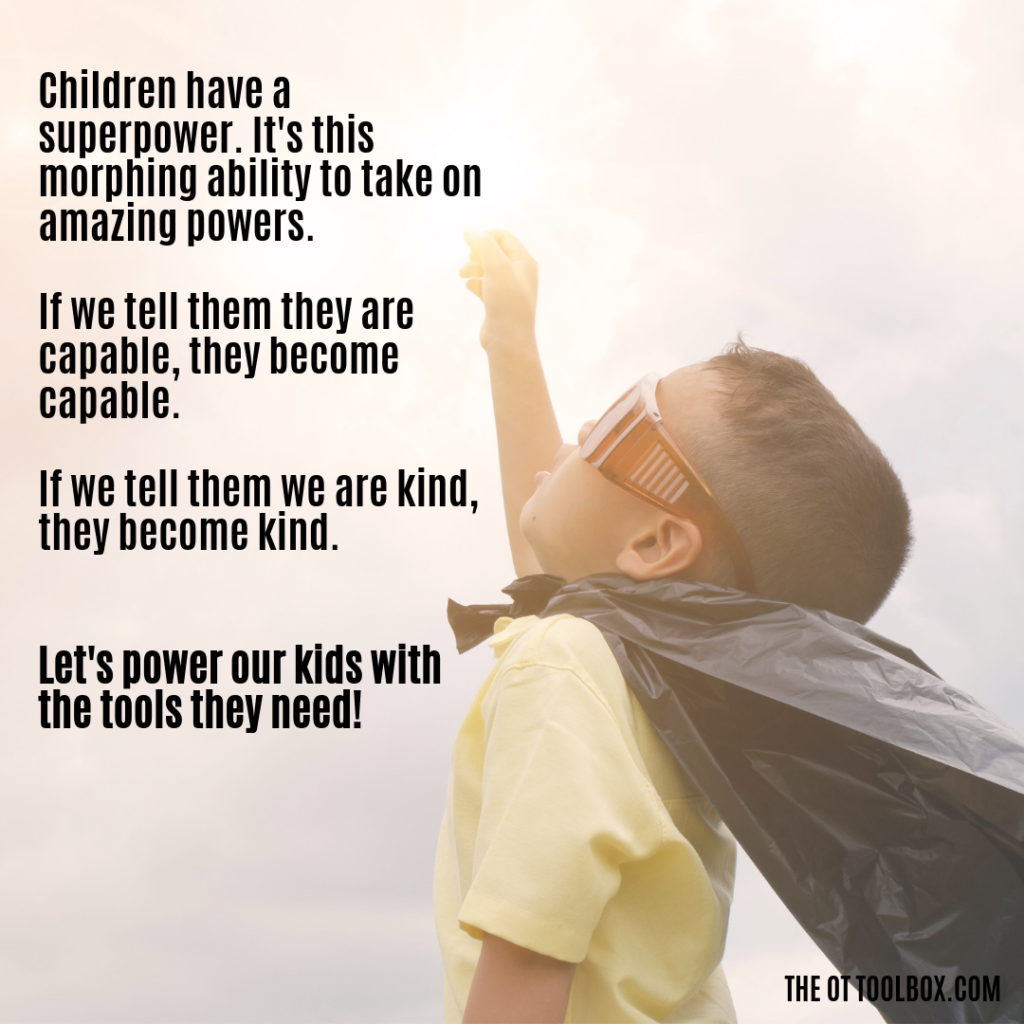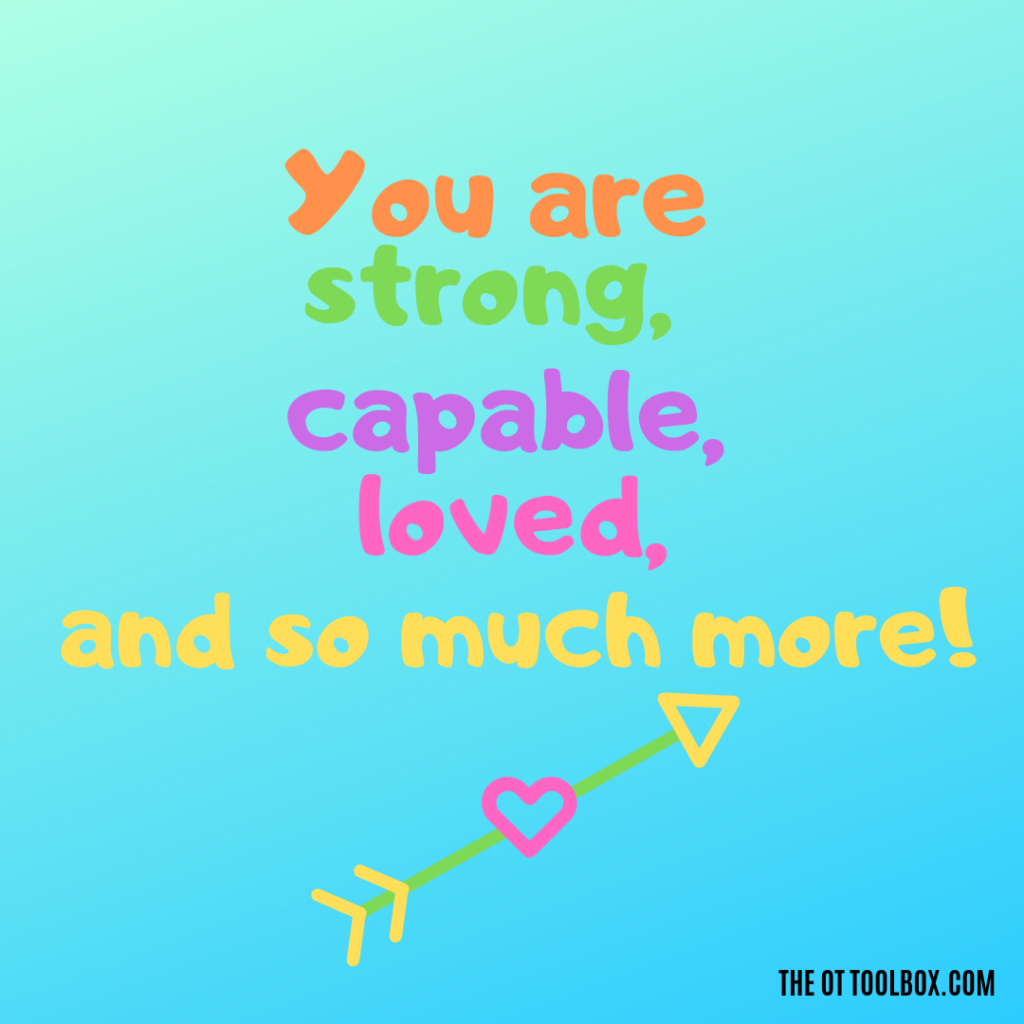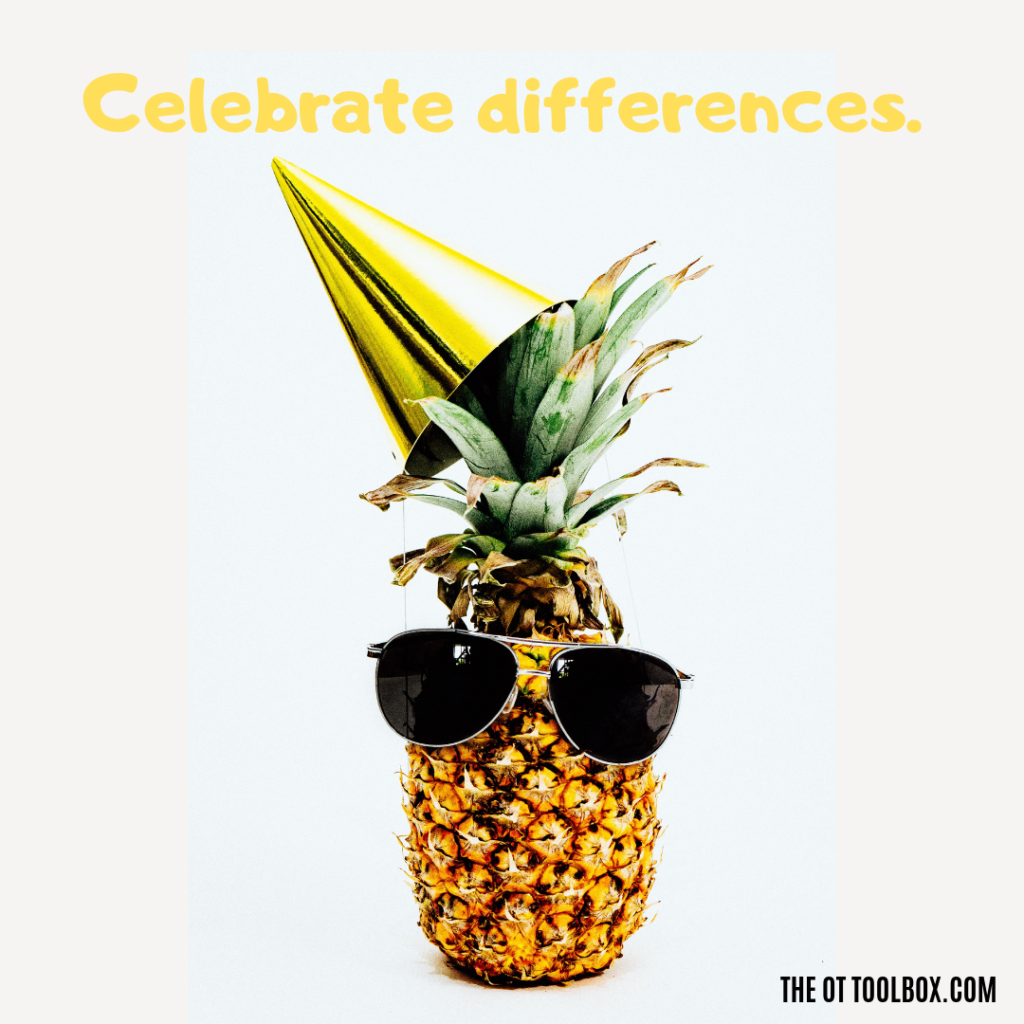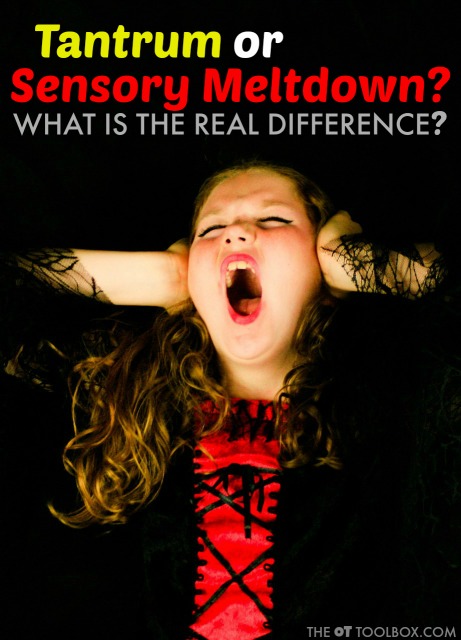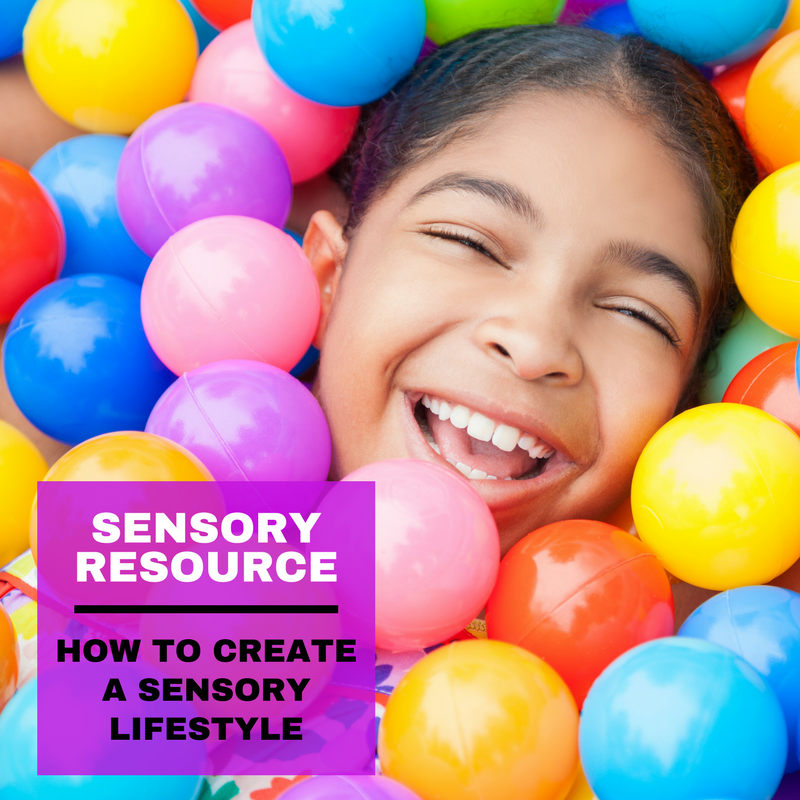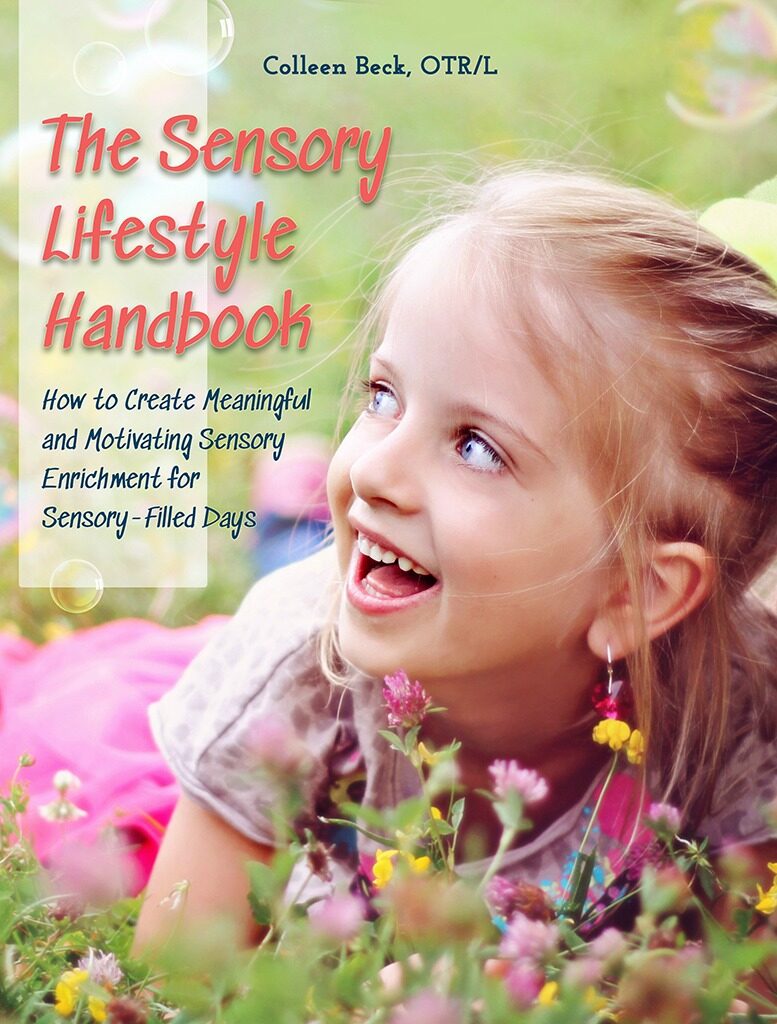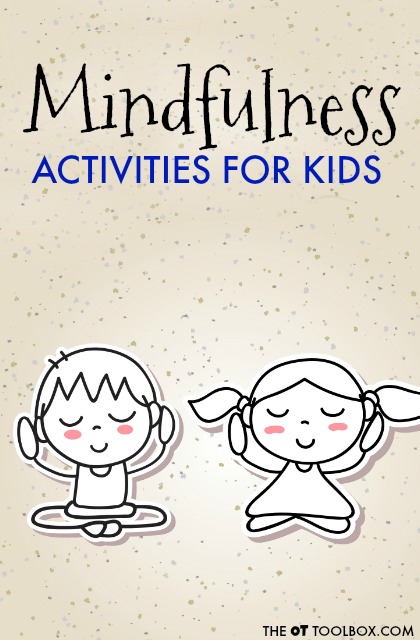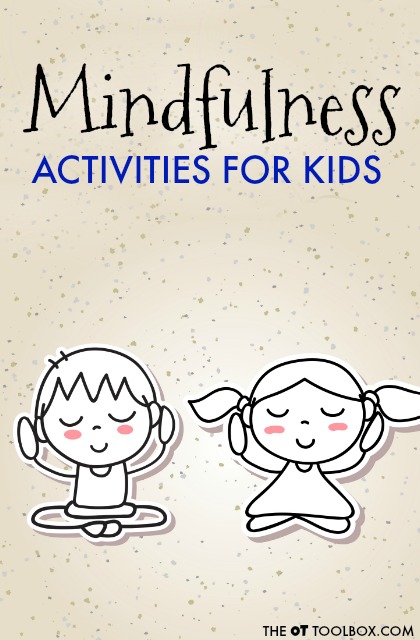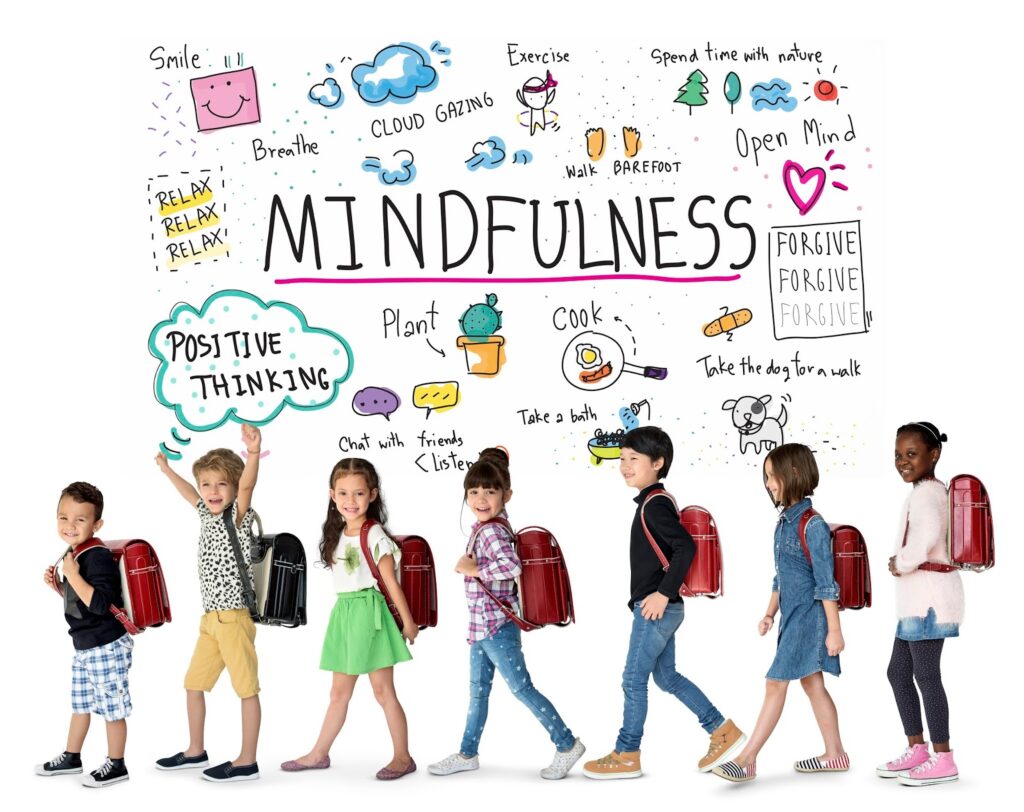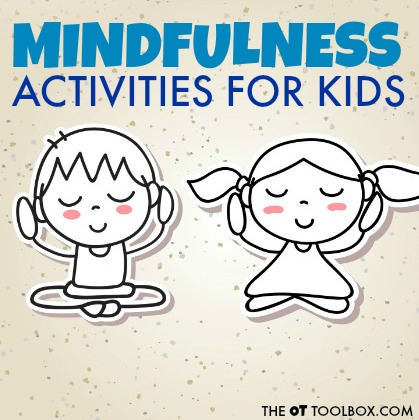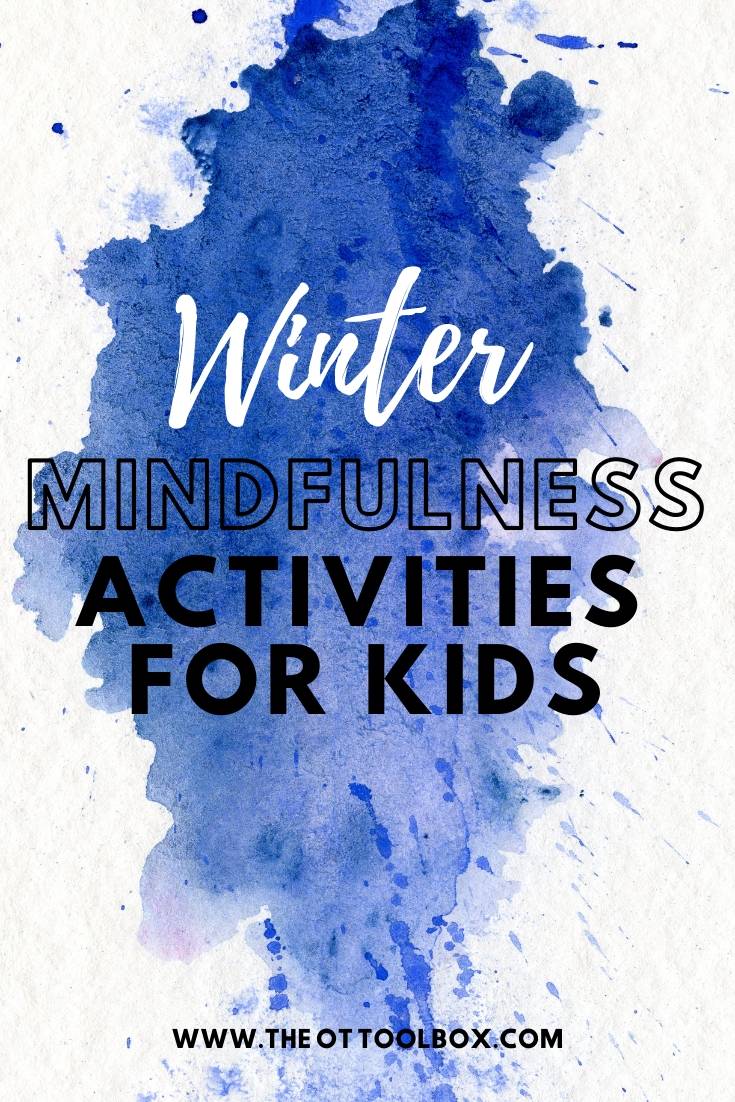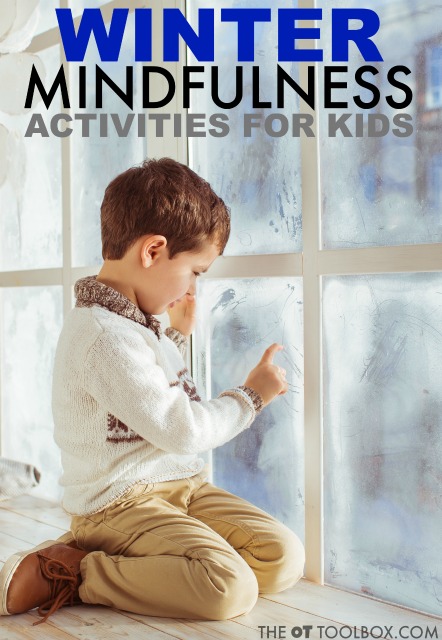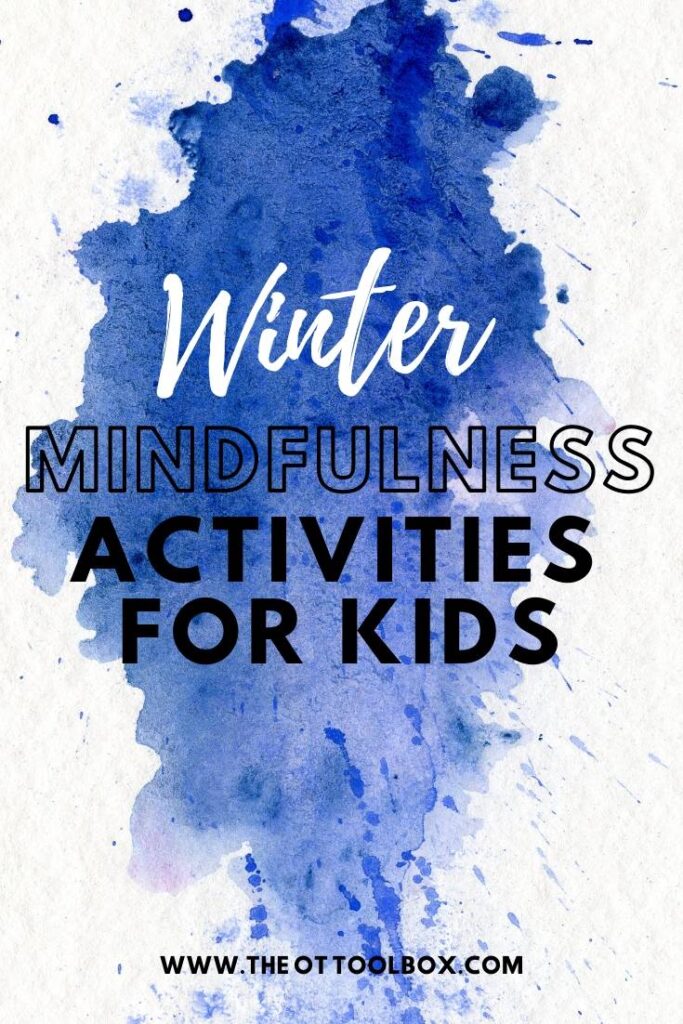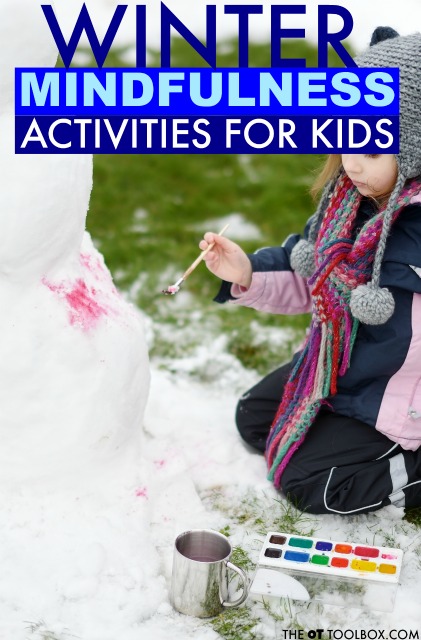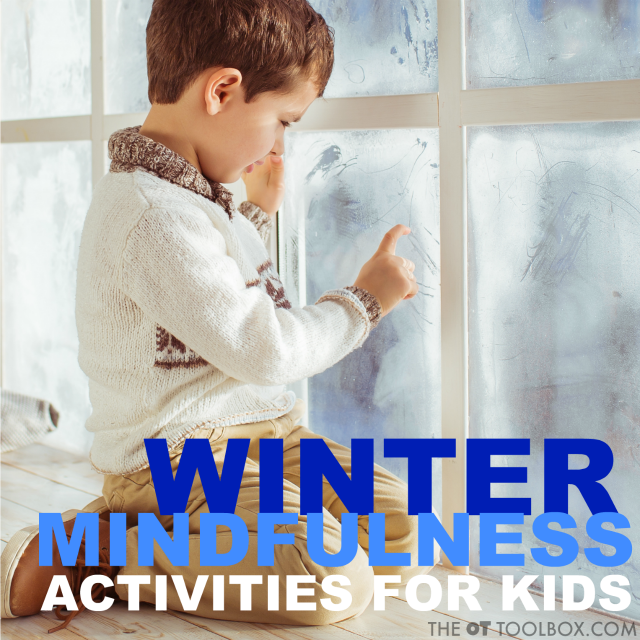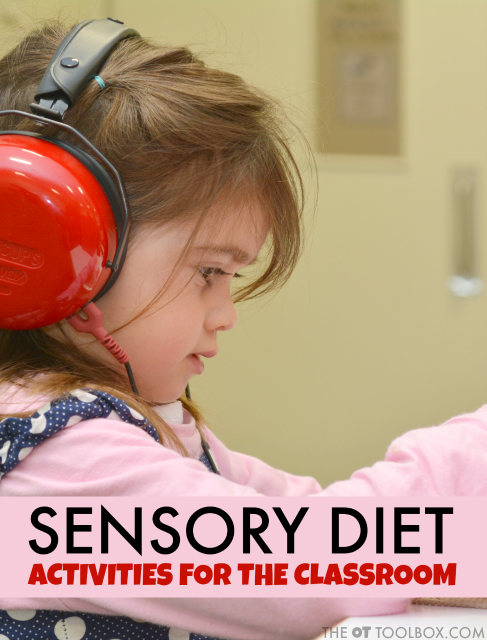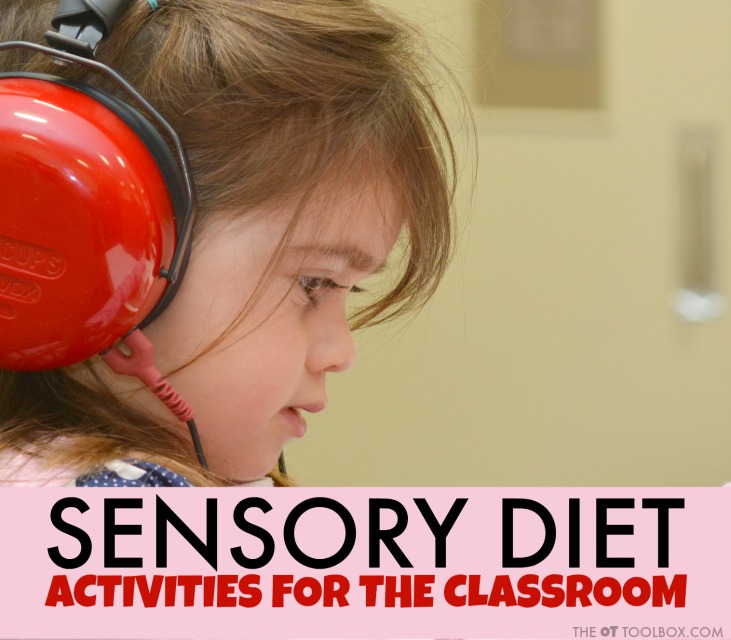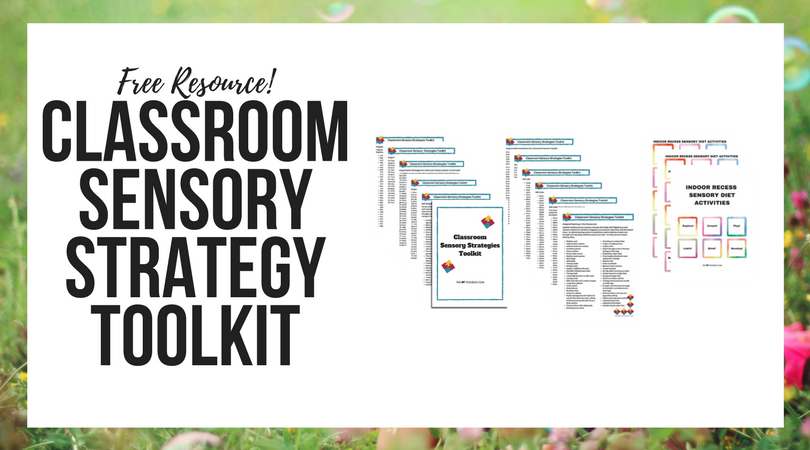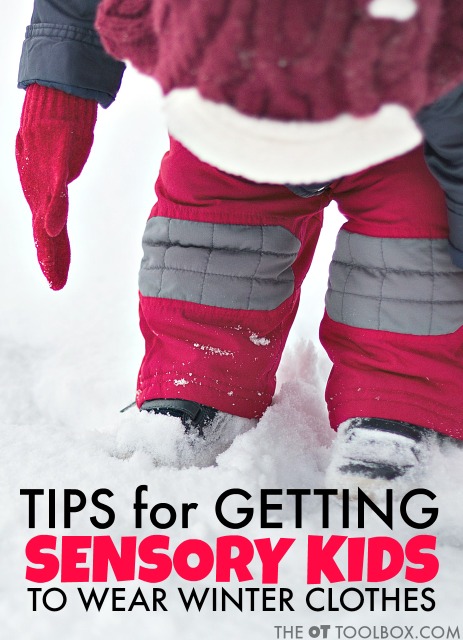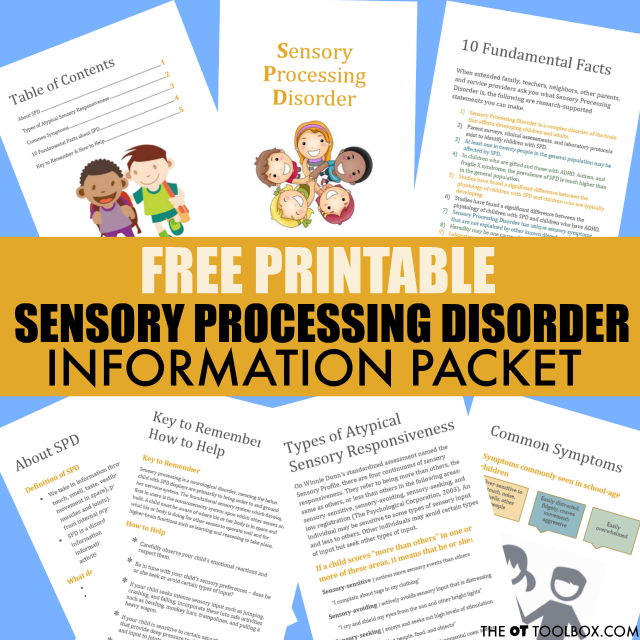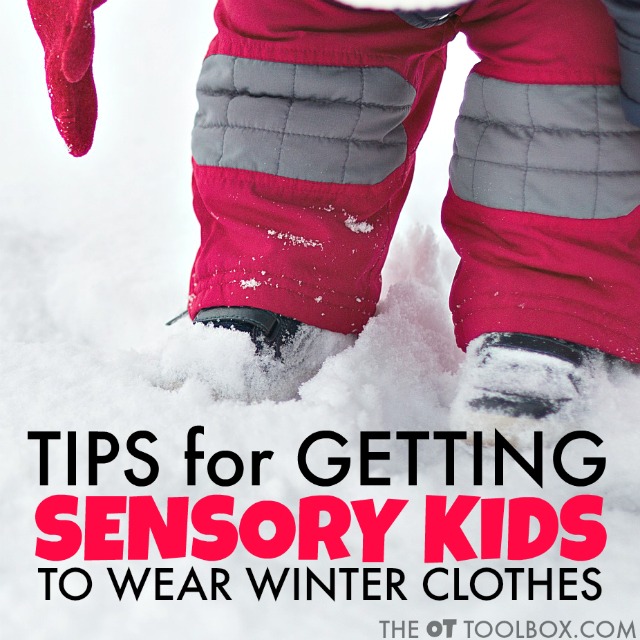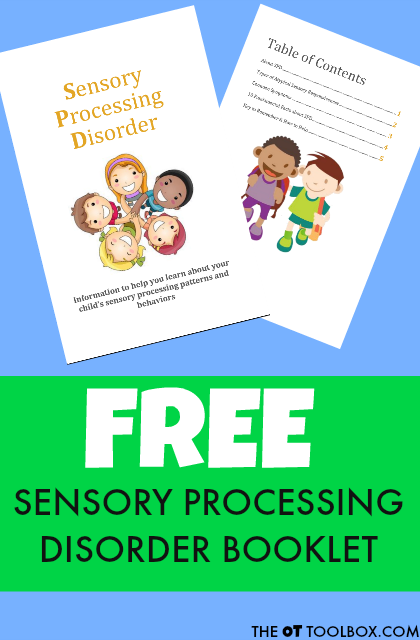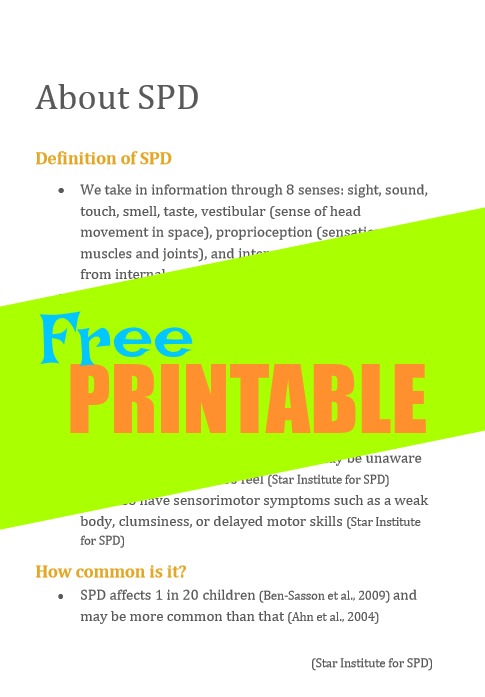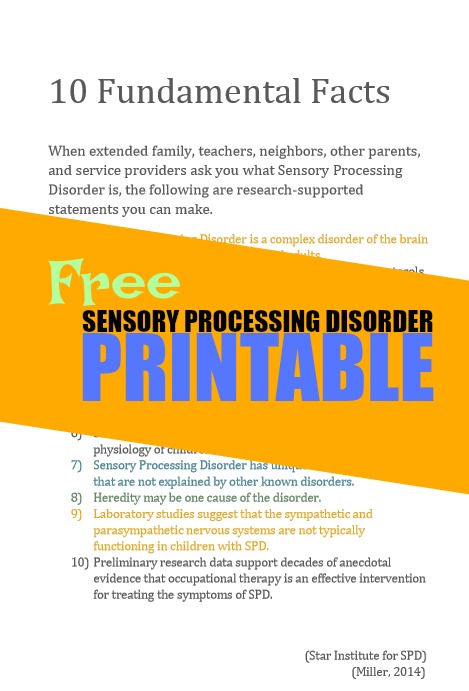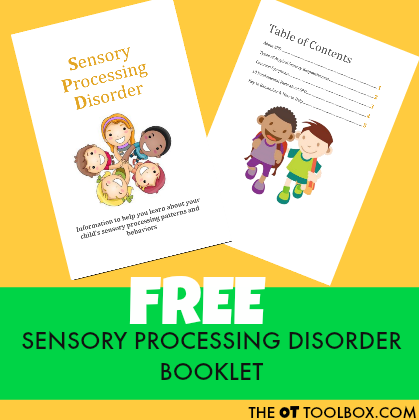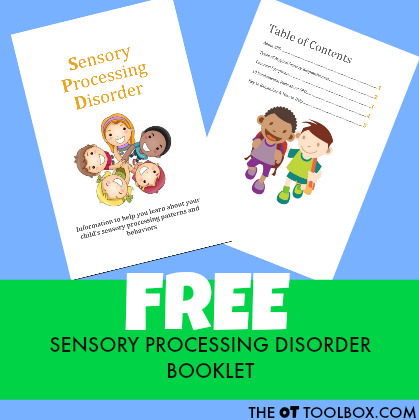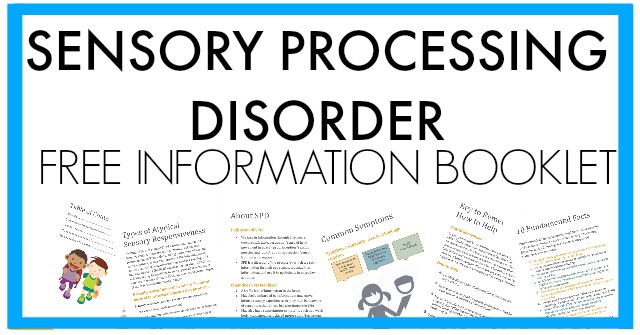It’s that time again when we are heading back into the school year. Teachers are getting into the classrooms and setting up room arrangements. School-based OTs are gearing up for the back-to-school chaos. When the thoughts of classroom organization and caseloads come into mind, flexible seating in the classroom ideas may not be the first thing you think of. Seating options may even be a part of a classroom sensory diet. But here’s the thing: Flexible seating ideas are always good to keep in mind! There are so many benefits to flexible seating arrangements. From DIY flexible seating ideas to types of seating ideas that can be used in classrooms…there is a lot to think about!
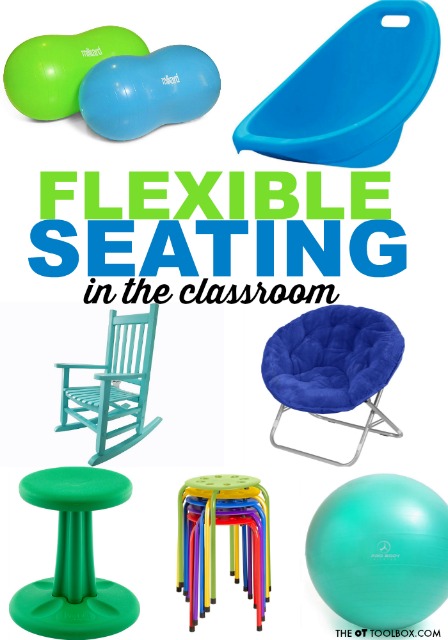
Flexible Seating Ideas for the CLassroom
There is so much to think about when it comes to accommodating to various seating needs. Positioning and specific student needs are just part of the puzzle. Facilitating learning while encouraging collaborations among students is important and the primary concern when it comes to out-of-the-box seating arrangements. Below, you will find various flexible seating for the classroom and information on the benefits of flexible seating ideas…as well as how to adapt to this classroom sensory strategy.
Things to consider about Flexible Seating
When considering flexible seating ideas for the classroom, there is a lot to think about. These considerations include a variety of needs including behavior, cognitive needs, physical abilities, posture, and more.
Many times therapists are consulted regarding specialized seating as a result of postural needs. In these cases, an individualized assessment may be warranted and aspects of seating should be analyzed before addressing specific seating needs:
Posture and seating needs may be a result of sensory issues such as physical limitations, weakness, range of motion as a result of tone issues or spasticity, sensory impairments,or other needs.
Physical limitation or deformities may impact seating posture and positioning. These may include posterior pelvic tilt, pelvic rotation, scoliosis, joint contractures, leg length discrepancies, head and neck positioning, extremity limitations, or other concerns. Each of these may impact learning and attention in the classroom.
When providing a new or novel seating option in the classroom, there are considerations to keep in mind as well. A flexible seating option may not be the primary classroom seating situation. In other words, it may be the best situation for the classroom learning to occur in traditional desks. Flexible seating in the classroom can be provided for supplemental learning, small groups, independent reading, or other similar activities.
In some cases, it’s important to consider optimal support in seating options including for those students with physical needs. As a result, some situations may not warrant a full classroom of flexible seating. Chairs and surfaces may not provide optimal postural alignment in order to provide adequate trunk support. Upper extremity mobility and positioning is important to consider if students will be using the seating arrangements for writing tasks. Additionally, considerations such as correct height/depth of the seat and the placement of both feet on the floor is needed for writing tasks.
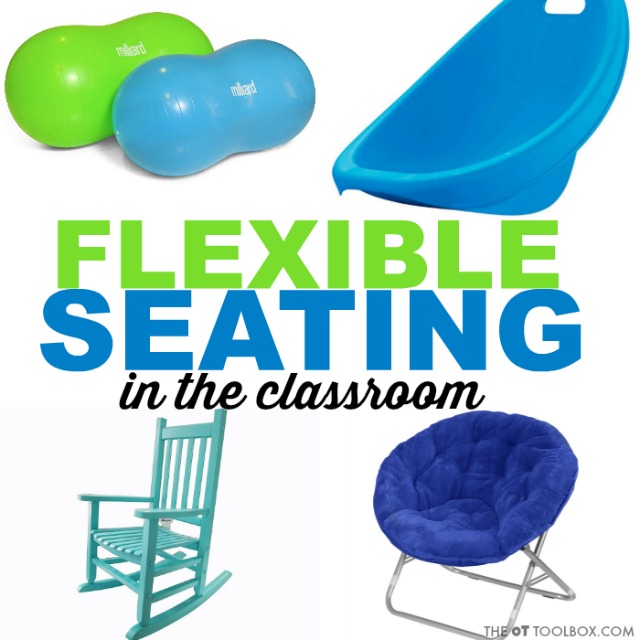
Benefits of Flexible Seating in the Classroom
A primary benefit of alternative seating options is the improvement to learning and attention that can occur. There may be several reasons that various seating options offer in the classroom.
- Opportunities for Choices- Students may find that the ability to make a choice in their seating situations makes all the difference in learning and attention. Some students may really like the option to pick where they sit!
- Something for Everyone- When there are several options for seating in the classroom, it can be one way to meet the needs of a whole classroom. Some teachers may find that kids change in their activity or attention levels throughout the day. When additional movement or proprioceptive input is needed, an alternative seating method may be just the ticket to learning.
- Heavy Work Opportunities- Use of various flexible seating techniques in the classroom can offer occasional or scheduled use of flexible seating options can provide opportunities for heavy work input by moving desks, bean bag seats, or other seating set-ups as students or a specific team of students move furniture from determined positions. Don’t forget the sensory benefits of moving desks and chairs!
- No Singling Out- When there are various flexible seating options in the classroom, no child is singled out. This is important for the child with sensory issues or self-regulation needs. Some students may need extra movement or heavy input to facilitate learning, and when the whole classroom has the option to choose a beanbag for reading time, the flexible seating methods are there for everyone…and no student feels singled out based on needs.
Flexible Seating Ideas for the Classroom
Now that we’ve covered considerations and a few benefits of flexible seating ideas, let’s cover some specifics! Below are alternative seating methods that may work in the classroom.
You’ll find a list of options for adding proprioceptive input to the seating system, as well as a large list of alternative seating ideas. Some of these are able to be purchased (Amazon affiliate links are included below). Other options are quite frugal or are DIY ideas. Have fun exploring and considering the flexible seating ideas!
Flexible seating and proprioception input
Sensory benefits play a big part of choosing the best flexible seating option. While some alternative seating options provide sensory input or feedback via the positioning, others provide heavy input by hugging the student. There are many ways to add weight that provides a calming benefit into seating ideas. Consider some of the options below in adding to a seating system:
Tips for adding proprioceptive input or weight to a alternative seating system:
- Add a weighted lap pad
- Try a therapy band or bungee cord to the chair legs
- Use a body sock or fabric tube to the legs of the chair. Done in a non-restricting way, this tube can be a place to slide legs into while sitting in a regular chair
- Bean bag for under/over the child
- Computer lap desk over the child’s legs (Can be used as a writing station)
- Homemade bean bags over legs or feet. Slide these into tube socks or knee-high socks and knot two socks together to create a weighted tube to drape over legs or the shoulders.
- Under-the-table sling
- Therapy swing in the classroom or outdoor space
- Add velcro wrist weights to the inside of a 4 inch binder. Use the binder as a lap writing surface.
- Encourage tummy time writing. (Write, draw, or read while lounging on bellies on the floor. Make this a fun reading experience by asking students to bring in a flashlight from home.)
- Try a weighted fidget tool that can be used while seated at a desk.
- Try some of the additions listed and described below.
Remember that finding an ideal seating system can require a lot of investigation and trial and error. Some students may benefit from one of the ideas listed here and others may require a mix of several options. Keep it individualized and remember to consult your child’s occupational therapists regarding seating ideas.
Flexible Seating Ideas
Bean Bag Chairs- Use these on the floor or at a low table. Consider lowering a table to 2-3 feet off the ground for a low writing and reading surface. Other times, bean bags can be used in small group work or for quiet reading. Consider using a bean bag as a cover for legs to provide heavy input through the legs. There are some inexpensive bean bag seat options available. There are also a few varieties of stuffed animal bean bag covers that create seats using old stuffed animals.
Stuffed Animal Bean Bag Seat- Ask around for stuffed animal donations from family and friends! This bean bag cover creates a bean bag seat using old stuffed animals as a seating option and can be adjusted as needed. Add more stuffed animals to fill the seat or take some out depending on the child’s sensory needs. This stuffed animal cover comes in a larger size that can be used as a lounger chair.
Duvet Lounger- Using the same concept of filling a bean bag with upcycled stuffed animals is the DIY version of using a duvet cover as a method to create a lounger seat. Fill a duvet cover with cushions, pillows, or stuffed animals and create a crash pad that can be used as a lounger seat for the classroom or home.
T-Stools- A T-stool is a common seat seen in classrooms. The stool allows students to wobble, move, and wiggle just as their bodies need, while reading, writing, learning, and listening! You’ll find a variety of T-Stools available: The Kore Wobble Chair is great for grades K-3 and provides a larger base of support. The Stabili-T Tool Tube provides less support but requires more core contraction and work, allowing for more movement. A T-Stool Single Leg stool offers more vestibular input given a much smaller base of support and an adjustable height option.
Milk Crate with a Ball Inside– Going for a multi-option flexible seating arrangement in the classroom? Adding a large kickball or small therapy ball inside a milk crate is a great option for the frugal. This is one way to create several seats for a lower cost. Line the milk create up under a low table for a centers activity or small group.
Therapy Ball– Another frugal means of offering opportunities for movement and sensory input in the classroom is using therapy balls. There are many options available on the market and in stores. Search for yoga balls or exercise balls to find the best prices, in many cases. Worried about them rolling away or becoming massive projectiles in the classroom? Make a “station” using a hula hoop as a base.
Peanut Seat- A different version of the therapy ball is the peanut ball seat. Kids can use these seats in a variety of ways, sitting or lying prone on the ball. The peanut ball allows for only unidirectional rolling so they can be easier to contain in the classroom setting when compared to a round therapy ball.
Sensory Swing- A sensory swing is a versatile seating option for reading, small group work, individual work, or a much-needed sensory break. We’ve tried and loved the Harkla Sensory Pod Swing for it’s cozy support and use as a calm-down space. The great thing about Harkla sensory swings is the easy-to install ability to place them in a classroom. We tried ours outdoors too, for an outdoor sensory swing option. Kids love the outdoor sensory swing in a shaded area such as under a patio deck or even hanging from a tree limb.
Portable Laptop Stand- This portable laptop stand doesn’t need to be used for just laptops! Use it as a writing station or for a small reading center. I would love to see a DIY version of this…wonder if an awesome school janitor could whip one together using scrap materials? P.S. If you have one of these stands made…or you make one yourself…let me know! I would LOVE to see it!
Futon- An easy way to incorporate flexible seating options in the classroom is to add a futon. You can grab one at a big box store or on Amazon and have it shipped directly to where you need it to go. The benefits of using a futon in the classroom are endless- A “job” can be to open the futon and replace pillows after quiet reading time, adding opportunities for heavy work. Add a few weighted throw pillows and a weighted lap blanket if it’s appropriate. Sometimes lounging during instruction may be just what is needed.
Scoop Rocker Chairs- Kids love these scoop rocker chairs! They are versatile in that they can be used at a lowered table or during circle time. The light-weight and handle make them easy to carry from class to class or to special classes, if needed. There is a special deal on Amazon offering a set of 6 scoop rocker chairs for $48 right now. Who knows how long that price will last!
Scooter Board- Have a scooter board in your car trunk (If you are a mobile therapist, this totally applies to you…) or in the physical education gym/supply closet at school? Scooter boards make awesome foot fidgets for when sitting at a desk. Kids can also use them during circle time. (Provide a hoola hoop boundary!) Or to sit on at a low table or when working in a small group. You can find them at great prices on Amazon!
Cushions or Pillows- Super easy to get, and at a very inexpensive cost, pillows and cushions are a fantastic way to create a cozy corner or crash area. Kids will love quiet reading time or group work when sitting on a pillow or cushion. Stalk your local resale shops for great prices. You can also ask parents to send in a small pillow or chair pad cushion (the kind you use on kitchen chairs) that can be used at desks for seated work. A reading pillow (the kind you typically use on a bed) works really well in a calm-down space, too.
Body Pillow- A body pillow can be an inexpensive way to add movement and positioning to the classroom or home. Add it to a futon or couch in the classroom or include it in a calm-down space.
Rocking Chair- An old-fashioned porch rocker is a wonderful addition to the classroom. There’s just something about rocking back and forth that brings back memories of quieting fussy babies during the night for this mama…but perhaps the calming effects of slow linear rocking can be just the thing to turn classroom fidgeting into focused learning. If the price tag of a traditional wooden rocking chair is a problem, consider adding a camp rocking chair or an upcycled nursery glider. You can find these baby nursing chairs on Facebook marketplace or in consignment shops for a great price.
Balance Cushion- Balance cushions can be used on a traditional desk seat or for floor seating. Adding this to your flexible seating line-up promotes an opportunity for attention and balance by adding movement to learning. Add more air or remove some from the cushion to provide more or less movement and stability required.
Beach Chair- A beach chair is a super inexpensive way to add flexible seating options to a classroom. Set up an area with a few beach chairs for group activities or use them in circle time or morning meetings.
Camp Chair– A camp chair is another inexpensive option for alternative seating. The curved base provides a cozy and calming space for reading or listening to read alouds in the classroom or home. There are a lot of options on the market in the ways of camping chairs. From the basic camp chair to those with rockers, recliners, or loungers, the choice is yours based on needs in the classroom or home.
Stools- There are a lot of stool options out there. Using a stool in a flexible seating arrangement provides a variety of use for addressing various needs while making arranged seating easier to change out without much effort. Some ideas for stool use in the classroom include high-stools. These can be used at a high top table which also offers an opportunity for standing. They can be arranged into circle time or small groups while offering vestibular input. Other stool ideas include a small foot stools. These can be used at low tables, in circle time, in a small group circle, or at a low table. Try using them while writing on a paper hanging on a wall or at an easel for vertical writing, which offers more proprioceptive input and movement challenges. Stackable stools are still another option. These are great in place of traditional desk chairs in some cases. The great thing about using stools as part of an alternative seating system is that students can move and set up seating options, offering built-in heavy work.
Papasan Chair– A papasan chair or a lounger seat is great for the classroom. Quiet reading or group learning can be calm and focused with a supportive and cozy seat. You can find a great price on these chairs in big box stores or on Amazon.
Cube Seat- This cube seat is an option that provides support for the back and trunk while containing and providing a boundary for seated activities. This cube seat option is nice because it can be used in one direction as a low seat and flipped over to allow for a higher height or for use as a table writing surface with visual blocks when visual attention is an issue.
Partially Inflated Beach Ball- Yes, it’s true. Grab a dollar store beach ball and blow it up just a little, so that the air in the beach ball provides a movable cushion. This seating system is appropriate for younger children, but it’s an option for testing out movement in the seat. You’ll find more about using a beach ball cushion in a previous The OT Toolbox blog post.
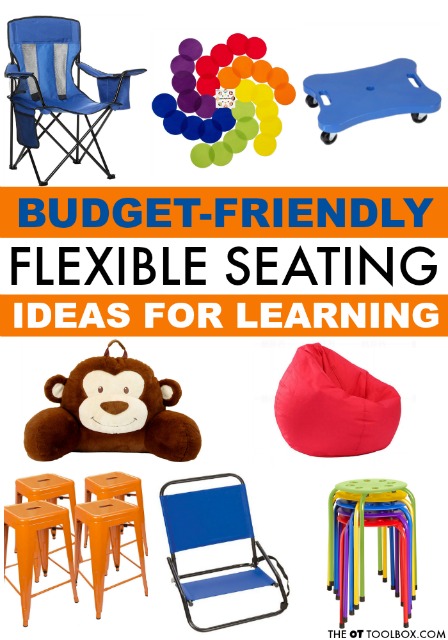
More Flexible seating ideas
What are your best tricks and tips for adding movement to the classroom while meeting the needs of various students? Flexible seating in the classroom doesn’t need to be complicated. It doesn’t need to be expensive either! Stop back soon, because we’ll have a line-up of DIY flexible seating ideas coming your way very soon.
Some of the ideas listed above are very budget-friendly, especially if you are able to find items second-hand or by upcycling items. Other budget-friendly seating options include using a cardboard box, cushions, or stadium seats, for example. We’ll have more budget-friendly seating ideas for you coming up soon!
